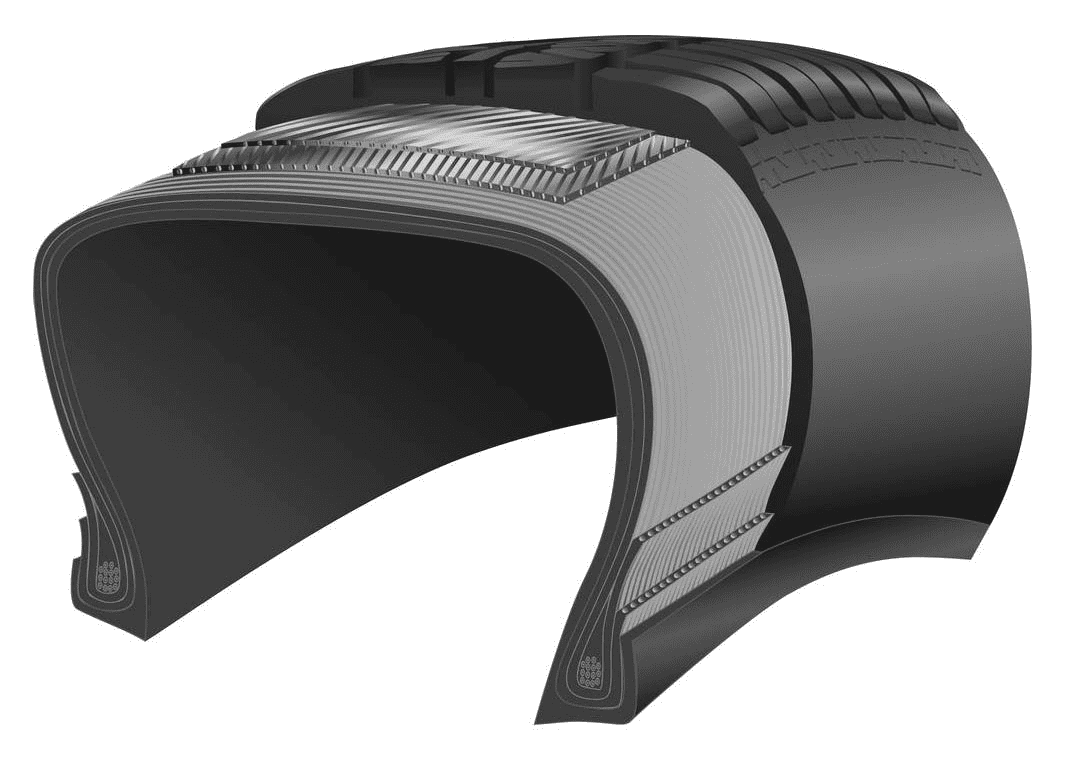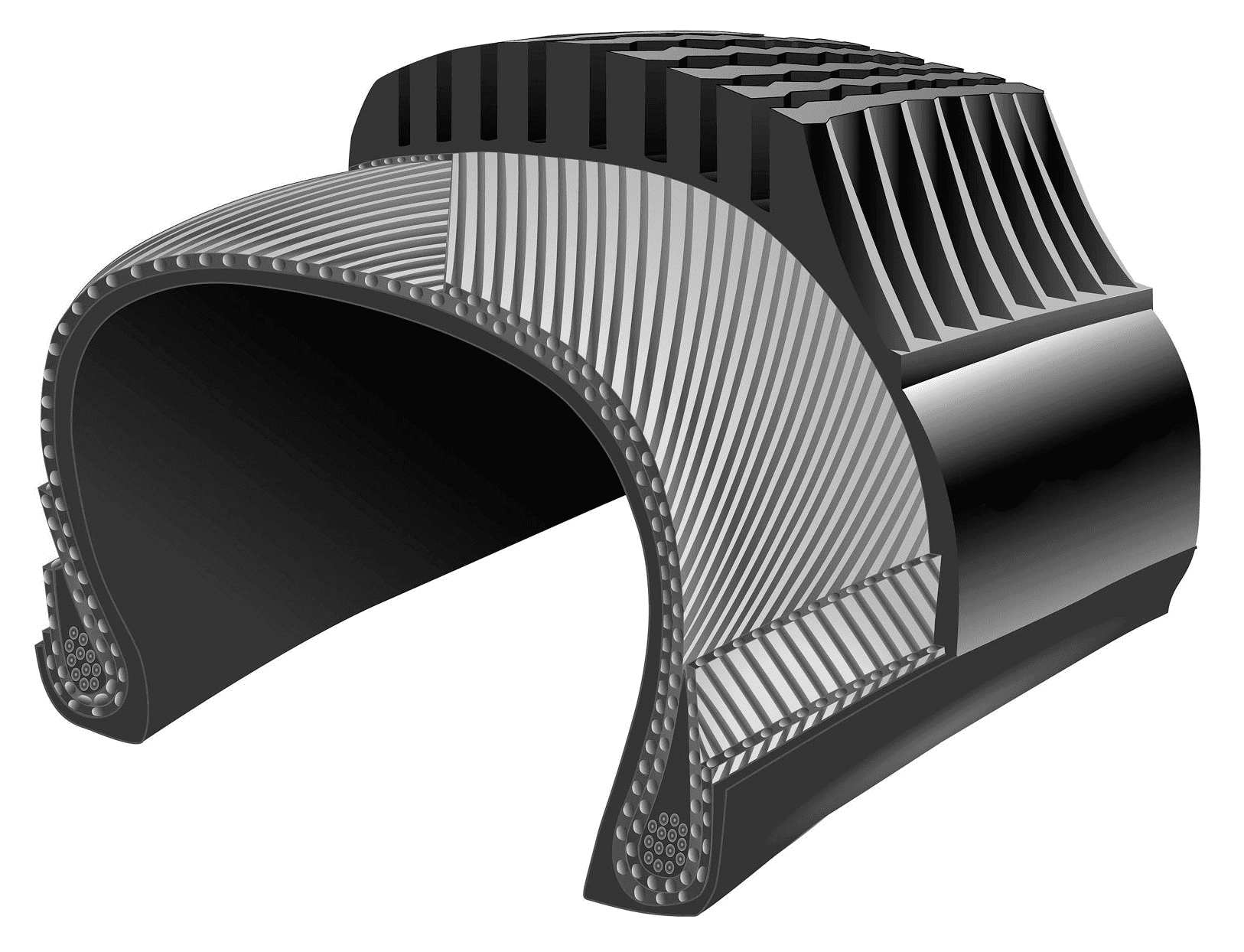Pneumatic tyres or solid tyres for my lift truck. Difficult choice?
A wide variety of tyres can be found on the market. This makes it hard to select the correct tyre.
The choice for the right tyre is influenced by where and how you use the machine. It is very important to think in advance about what surface the machine is used on. Furthermore, also the maximum permitted speed and ambient temperature affect your search for the correct tyre.
Below you can read which 3 types of tyres exist, and in what conditions each type is used best.
Solid tyres
Solid tyres or super elastic tyres (called SE tyres further down) is the most common type found on a lift truck. Thanks to the excellent stability of these tyres, lifting pallets or other materials at a height is simplified.
SE tyres are extremely suitable for use on vehicles that have a maximum speed of 25 km/h.
One of the main advantages of opting for this type of tyre, is that the tyre cannot be punctured. In addition, you save time as you no longer have to check the tyre pressure.
Disadvantages of the use of SE tyres are the reduced driving comfort of the driver and the extra care that must be taken when transporting fragile goods, as shocks are absorbed less. Furthermore, you need to take keep in mind that solid tyres always need to be fitted with a tyre press.
Black tyres are best known on a lift truck, but in the food industry, non-marking solid tyres are usually used on a lift truck. In non-marking tyres, the soot has been replaced by silica or chalk as a result of which no black markings are left on the floor. A disadvantage of non-marking tyres is the short lifespan and the slightly higher purchase price.
Pneumatic tyres
The air chamber inside the tyre absorbs shocks, as a result of which the driving comfort and the grip on uneven surfaces increases. Through this shock-absorbing characteristic, damage to the load is reduced. When the vehicle has to travel long distances, there is less development of heat, slowing down the rate of wear of the tyre.
Pneumatic tyres exist in two types of structure:
Radial tyres
Radial tyres have steel plies that are placed perpendicularly on the heel of the tyre and a belt that has been applied to the carcass. The sidewall of this type of tyres are very flexible, allowing this tyre to be used at high speeds (over 30 km/h) with a low load weight. A disadvantage of this type of tyres is a relatively low carrying capacity.
Advantages of radial tyres:
- Longer lifespan at higher speeds
- Better contact between tyre and tread
- Reduced heat development

Diagonal tyres
Diagonal tyres have plies that consist of nylon cord. These were placed crosswise at an angle of 55° in the tread and sidewall. Because these nylon plies run throughout the entire tread, the tyres are stronger and have a higher carrying capacity. This type of tyres is extremely suitable for low speeds (less than 30 km/h) with a high load weight.
Advantages of diagonal tyres:
- Higher resistance against damage
- High stability of the vehicle
- High carrying capacity

A good tyre choice saves you a lot of time and money, by reducing the amount of downtime of the machine. Saving on a tyre change is useless as you increase the risk of accidents in this way. Tyres are important for an optimal performance of your machine.
Ninon, TVH blogger
